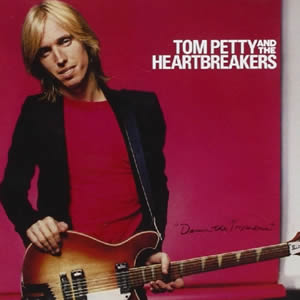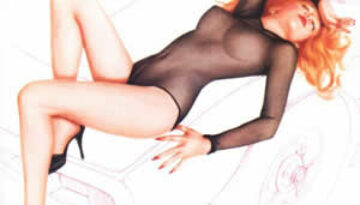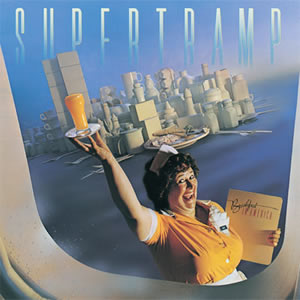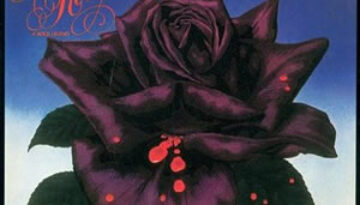Damn the Torpedoes by
Tom Petty & the Heartbreakers
Buy Damn the Torpedoes The major label breakthrough by Tom Petty and the Heartbreakers, the 1979 release Damn the Torpedoes, scored both commercial success and critical acclaim. This was accomplished in spite of […]




